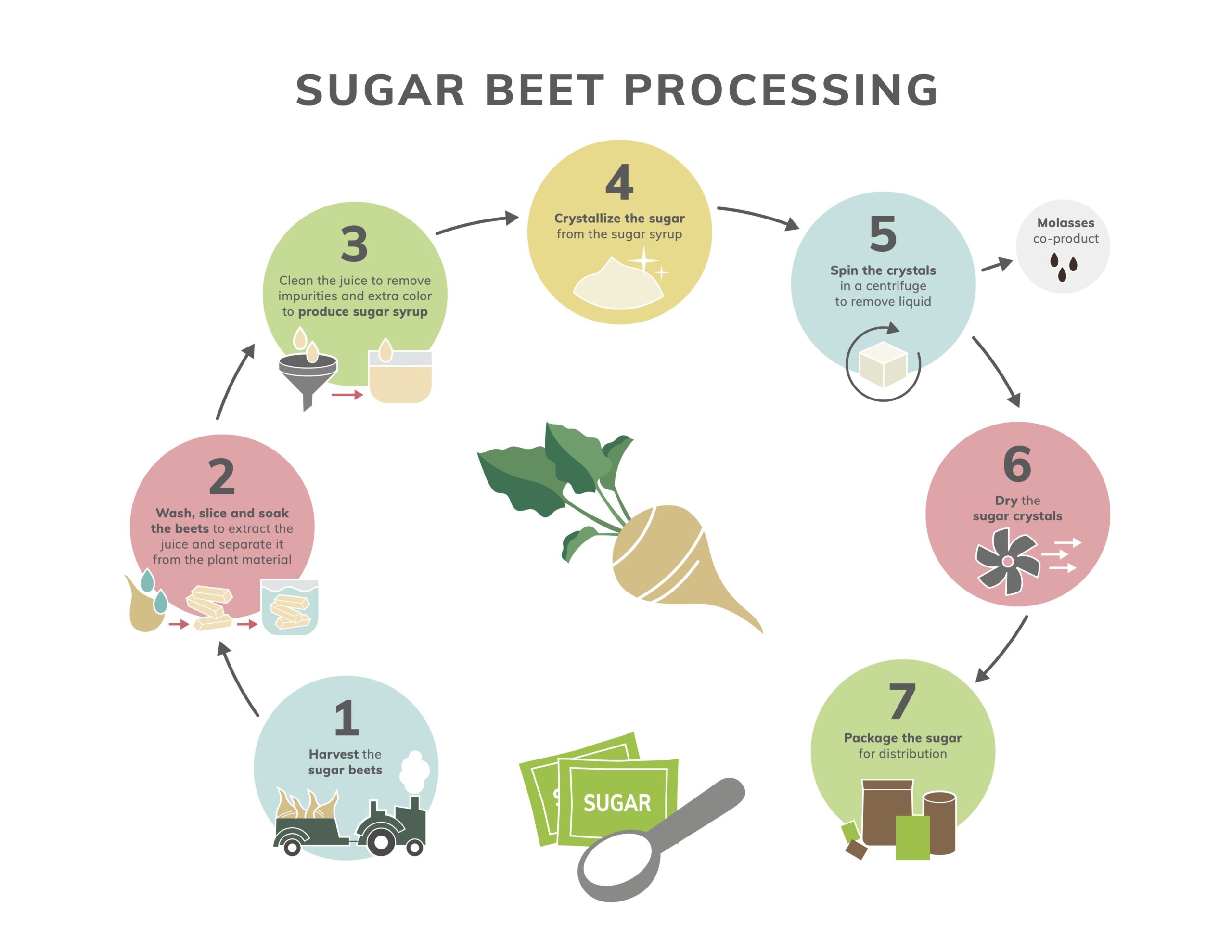Reliable Cane Sugar Processing Chemicals: Boost Return and Top Quality
Reliable Cane Sugar Processing Chemicals: Boost Return and Top Quality
Blog Article
Maximizar Rendimientos Y Minimizar Costos: Estrategias Avanzadas Para La Optimización Química Del Procesamiento De Azúcar De Caña
In the realm of cane sugar processing, the quest of making the most of yields while concurrently reducing expenses stands as a powerful challenge that requires a tactical blend of advanced chemical optimization methods. Amidst this elaborate web of strategies exists the assurance of opening untapped capacity and reinventing the extremely essence of sugar production.
Chemical Evaluation for Efficiency
Chemical analysis plays a critical role in enhancing the performance of sugar walking cane handling by supplying vital insights into the make-up and properties of the raw products. By carrying out comprehensive chemical analyses on sugar walking cane examples, processors can determine the specific concentrations of sucrose, glucose, fructose, and various other components existing in the raw material. This details is crucial for optimizing the numerous stages of the sugar cane handling chain, from milling to formation.
Additionally, chemical analysis allows cpus to determine impurities such as natural acids, proteins, and minerals that can affect the quality and return of the final sugar item. By quantifying these pollutants, processors can carry out targeted methods to remove or alleviate their effects, eventually improving the general performance of the processing plant.
Furthermore, chemical analysis assists in the monitoring of process criteria such as pH, temperature, and viscosity, permitting cpus to make real-time adjustments to make sure optimum conditions for sugar removal and formation. In general, a thorough understanding of the chemical composition of sugar walking stick is essential for optimizing returns, decreasing costs, and preserving high item top quality in the sugar manufacturing industry.

Enzyme Usage for Raised Yields
With a calculated method to enzyme use, sugar cane cpus can significantly improve their returns while maintaining operational effectiveness in the manufacturing procedure. Enzymes play a critical duty in sugar walking cane processing by breaking down intricate carbohydrates right into less complex sugars, therefore raising the overall sugar extraction performance. By integrating particular enzymes tailored to target the various parts of sugar walking cane, such as cellulose and hemicellulose, processors can boost the launch of sugars during removal.
Enzyme use uses the benefit of taking full advantage of sugar yields from the raw material while lessening the energy and resources required for processing. This causes a more lasting and affordable production procedure. In addition, enzymes can help in minimizing processing time and enhancing the total top quality of the sugar item. Through careful choice and application website here of enzymes, sugar walking stick processors can optimize their procedures to attain greater yields and productivity.
Ph Control for Optimal Handling
Enzyme use use this link for raised returns in sugar cane handling lays the structure for resolving the essential element of pH control for optimum processing performance. Maintaining the ideal pH degree throughout numerous stages of sugar walking cane processing is essential for optimizing yields and minimizing expenses. By meticulously keeping an eye on and changing the pH degrees at different processing actions, sugar cane cpus can improve sugar recovery prices, decrease chemical use, and maximize the overall production process.
Advanced Filtering Techniques
Implementing innovative filtering methods in sugar walking cane handling boosts the performance and pureness of the last product through improved separation methods. By including cutting-edge filtering innovations, such as membrane layer filtration and turned on carbon filtration, sugar walking cane processing plants can achieve greater levels of sugar healing and enhanced quality assurance.

Turned on carbon filtering is another innovative technique that aids in the removal of colorants, off-flavors, and recurring pollutants from sugar walking cane products. By utilizing activated carbon's adsorption properties, this filtering approach boosts the quality and taste of the sugar, satisfying the high criteria demanded by customers and sector guidelines.
Energy-Efficient Purification Approaches
Energy-efficient purification techniques are necessary for optimizing the sugar walking stick handling industry's energy intake while keeping high-grade product standards. Typical purification processes can be energy-intensive, leading to greater production prices and environmental influences (Cane Sugar Processing Chemicals). Applying energy-efficient purification techniques, such as vacuum distillation or molecular distillation, can substantially decrease power needs while improving general process efficiency
Vacuum purification involves reducing the stress within the purification system, which decreases the boiling factor of the fluid combination being refined. This reduction in boiling factor reduces the power needed for vaporization, causing power cost savings contrasted to standard distillation methods.
On the various other hand, molecular distillation uses short course purification methods under high vacuum cleaner conditions to separate substances based upon their molecular weight. This technique is specifically reliable for heat-sensitive materials, as it runs at lower temperature levels, decreasing energy consumption and preserving product quality.
Verdict

Report this page